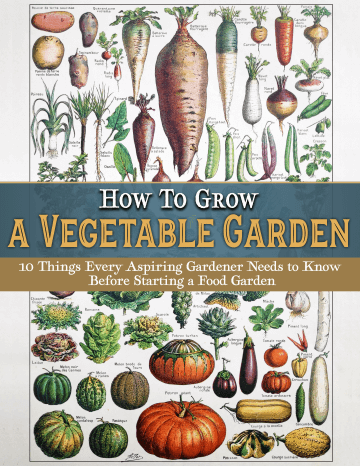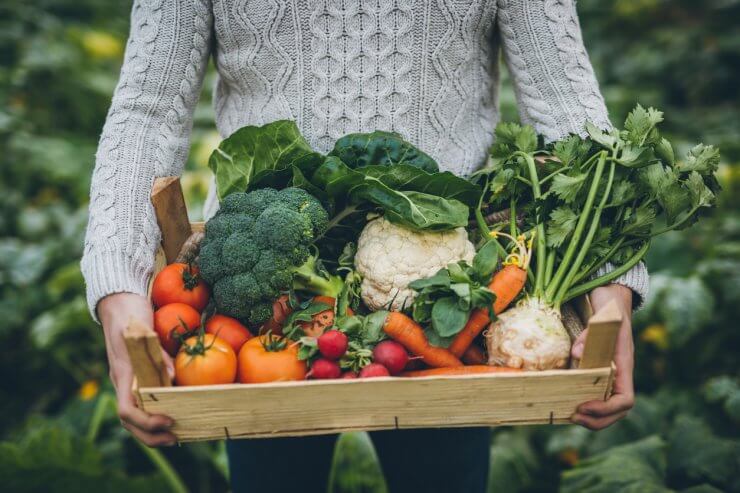
I remember being a child in the 80s, the hey-day for prepackaged, and preserved snacks. If it wasn’t stuffed with cream filling, it was covered in Day-Glo orange cheese-flavored “product.” It was the best of times, it was the worst of times. Nowadays, with more information available at our fingertips, people have become more conscious and informed about what exactly is in the food we eat. Because of this, organic planting and gardening continues to rise in popularity, and it’s here to stay!
Discover 10 top tips for growing, harvesting, and enjoying fruits, vegetables, herbs and more from your home garden—when you access the FREEBIE How to Grow a Vegetable Garden, right now!
Before I go too far, I think it’s good to define what the word “organic” means. The word gets tossed around a lot, and defined differently. For me and my gardening, I look to the USDA for guidance. According to them, the certified label “organic,” means a food crop has been grown in uncontaminated soil, without the use of pesticides or synthetic fertilizers. There are nuances and specifics you can read about, but for our purposes, we’re talking clean soil and no synthetic chemicals.
If the price tag of organic produce has you worried, fear not! Organic planting is much more budget-friendly than buying organic. In fact, by following some basic guidelines, you can save money and grow healthy fruits, vegetables, and herbs for you and your family. Here are my top seven tips for starting an organic garden and keeping costs in check.
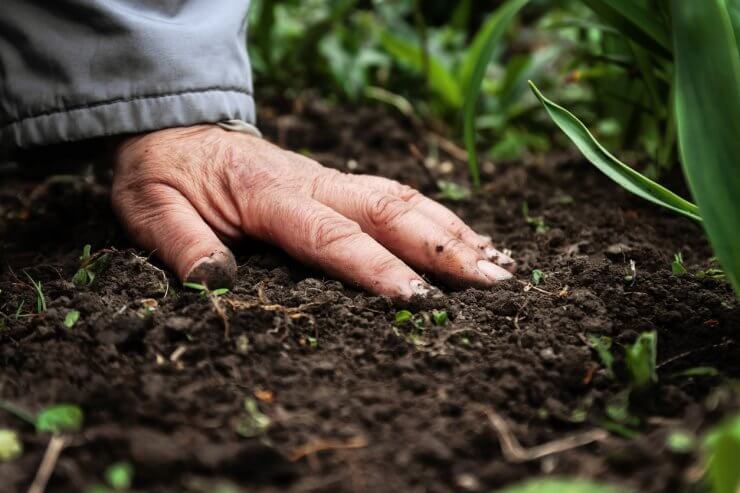
Check your soil
If you are organic planting directly into the ground, it’s a good idea to test your soil first. Some older homes may have had lead in their exterior paint or pipes that over the decades leached into the soil. Some newer homes may have been built on areas previously exposed to different chemicals depending on their location. In both cases, food grown in your yard may be contaminated and unsafe to eat. If your soil test comes back with bad news, you can still have the organic garden of your dreams. You might just need to build a raised garden bed and buy some organic soil.
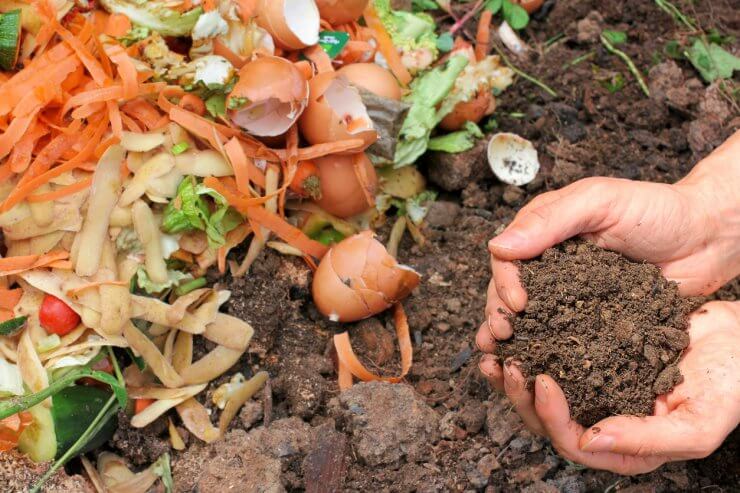
Make your own compost
It took me a little longer than I care to admit, but I am a composting convert! There are plenty of articles and resources on the ins and outs of composting, but it’s basically free organic fertilizer. AND YOU ARE SAVING THE PLANET by reducing your food waste and living sustainably. Make your own compost year-round using the method that works best for your lifestyle. There are simple tumbler kits you can purchase, or you can go the worm-castings route. The key is a 50:50 ratio of green material (vegetable and fruit scraps, eggshells, coffee grounds) to brown material (torn up cardboard, coffee filters, dried grass and leaf clippings). You’ll save a bundle instead of using store-bought fertilizer and keep synthetic chemicals out of your produce.
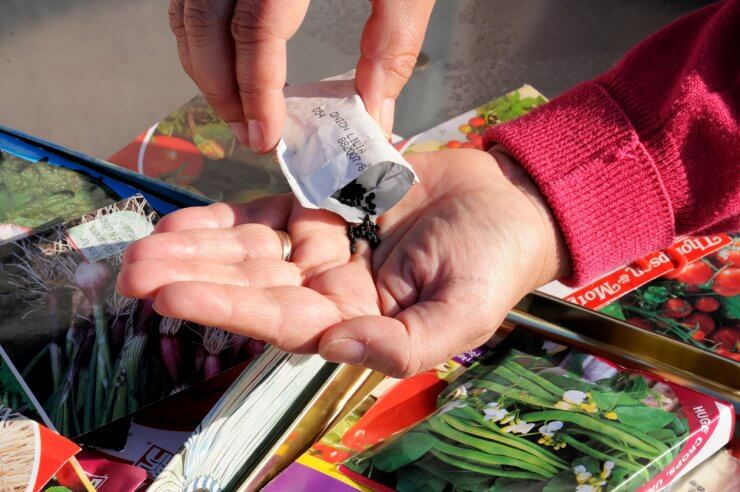
Seed exchanges
One of my secret favorite things about organic planting is the community you build! It could be experts at your local nursery or the neighborhood friends you make IRL or on community websites and social media. One way I’ve grown my local community of gardeners is through seed exchanges. When I buy seeds for organic planting I always look for “Non-GMO” and “Heirloom” varieties. The seed packets almost always come with far more seeds than I need. By reaching out to neighbors on local community websites and message boards, I’ve been able to exchange excess seeds each season. This has saved me time and money and has been a great way to meet local gardeners in my neighborhood.
Discover 10 top tips for growing, harvesting, and enjoying fruits, vegetables, herbs and more from your home garden—when you access the FREEBIE How to Grow a Vegetable Garden, right now!
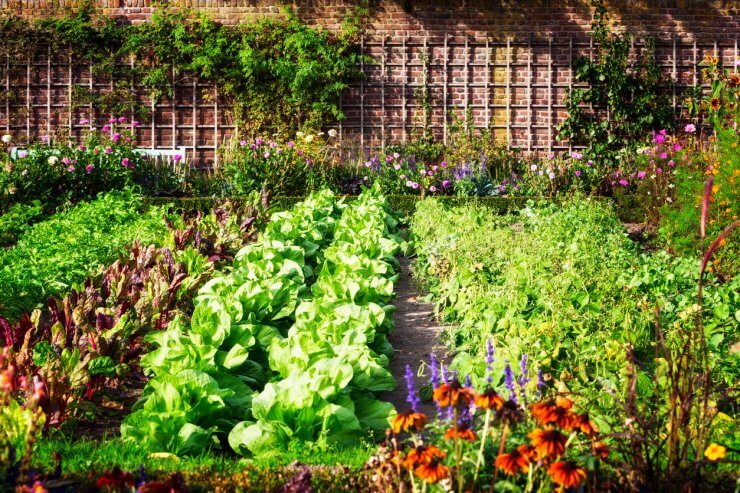
Companion planting
I highly recommend reading about companion planting (sometimes called “partner planting”). It’s a method of grouping your herbs, fruits, and vegetables with other plants that help reduce pest and fungus infestations and improve water retention. This means less time and money spent on diseased plants, and over/under-watering.
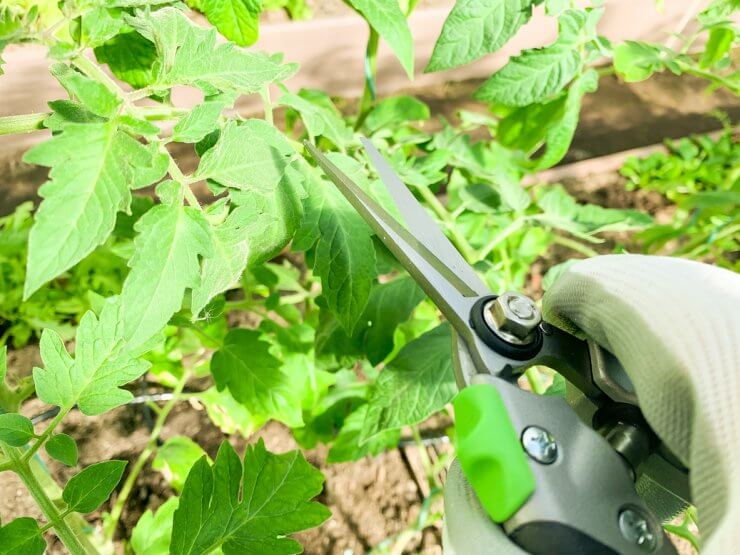
Don’t be afraid of pruning
When I first started organic planting, I was a bit tentative when it came to pruning. I ended up with some plants and vegetables taking over and invading other plants. By proactively pruning certain vegetable plants and herbs, you can also ward off diseases, mold, and fungus.
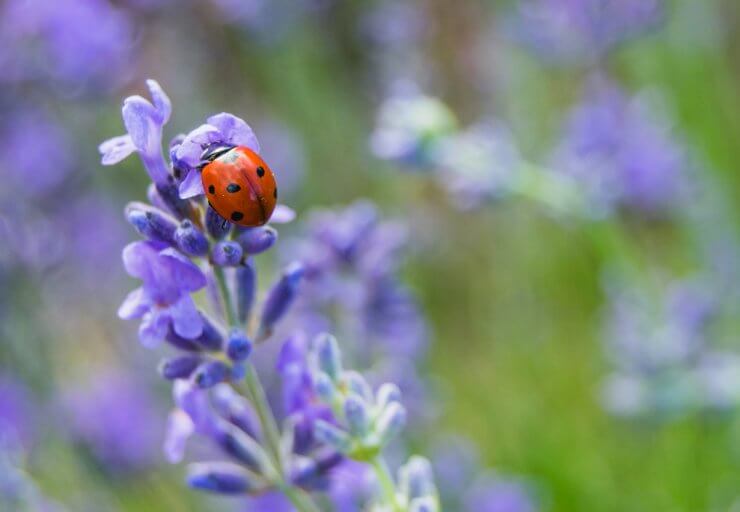
Attract the good guys!
Insects and critters get a bad rap, but there are some that can be very helpful when organic planting, since they will prey on invasive pests. These “good guys” are nature’s way of keeping pests out of the garden. In general, colorful flowers and herbs will attract pest eaters like ladybugs, praying mantises, and lacewings. If slugs are a problem in your garden, you can try to attract toads by building little “toad huts.” Place a terracotta pot on its side and bury it a bit. Leave out a bowl or two of water and toads will have a cozy little habitat.
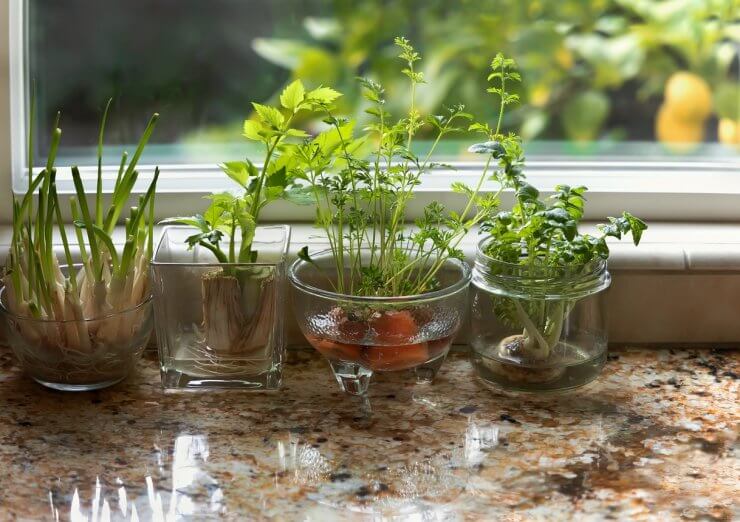
Propagate!
An inexpensive way to keep organic planting year after year is to propagate your own plants and vegetables. You can harvest your own seeds, divide plants, make cuttings, and even get into grafting (kinda like plastic surgery for plants). This is another great way to build community in your neighborhood because you can go next door, or hop on one of your community message boards and ask neighbors for plant cuttings.
What are your strategies for organic planting? How have you saved money along the way? Tell me in the comments!
Discover 10 top tips for growing, harvesting, and enjoying fruits, vegetables, herbs and more from your home garden—when you access the FREEBIE How to Grow a Vegetable Garden, right now!


